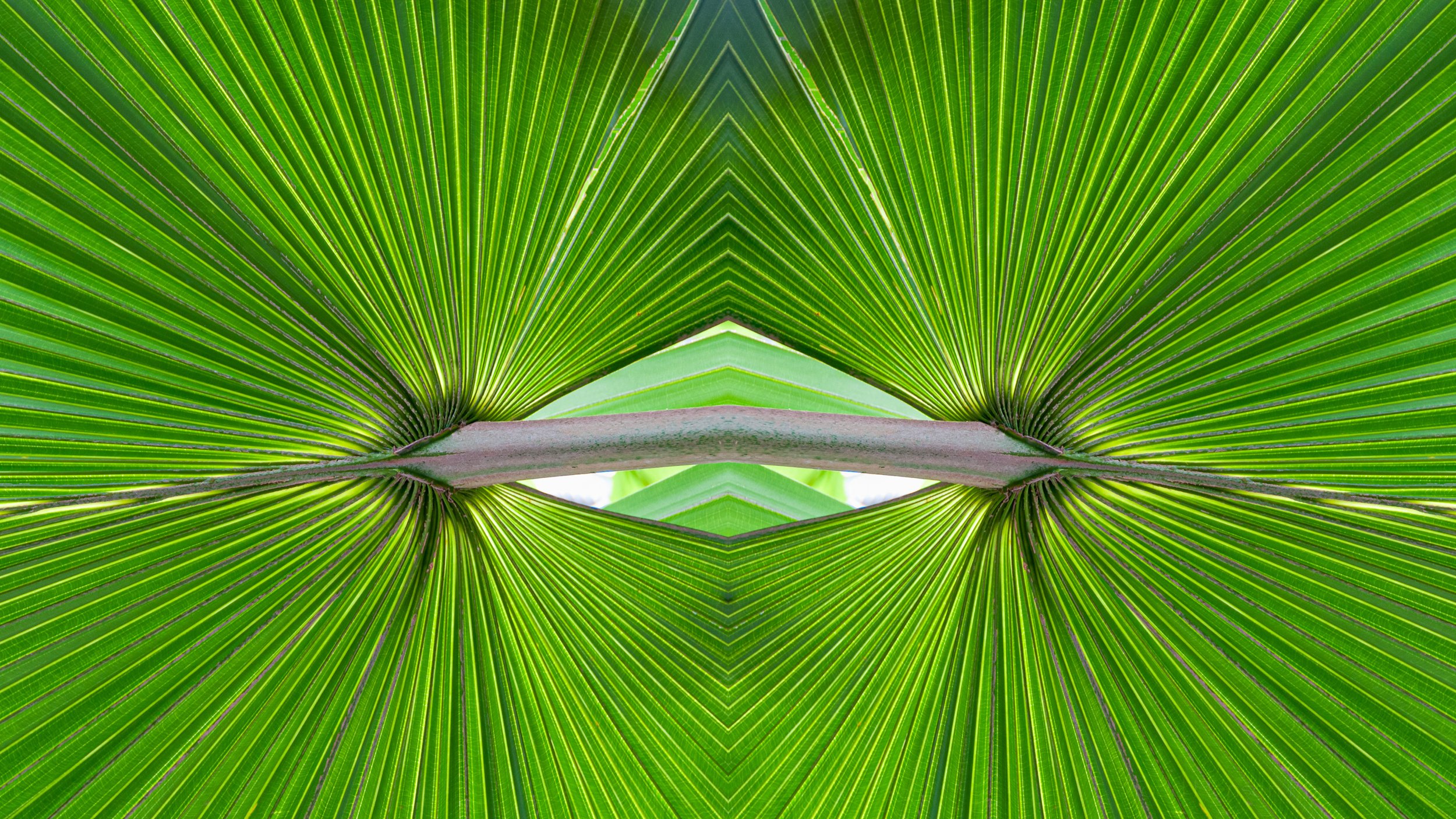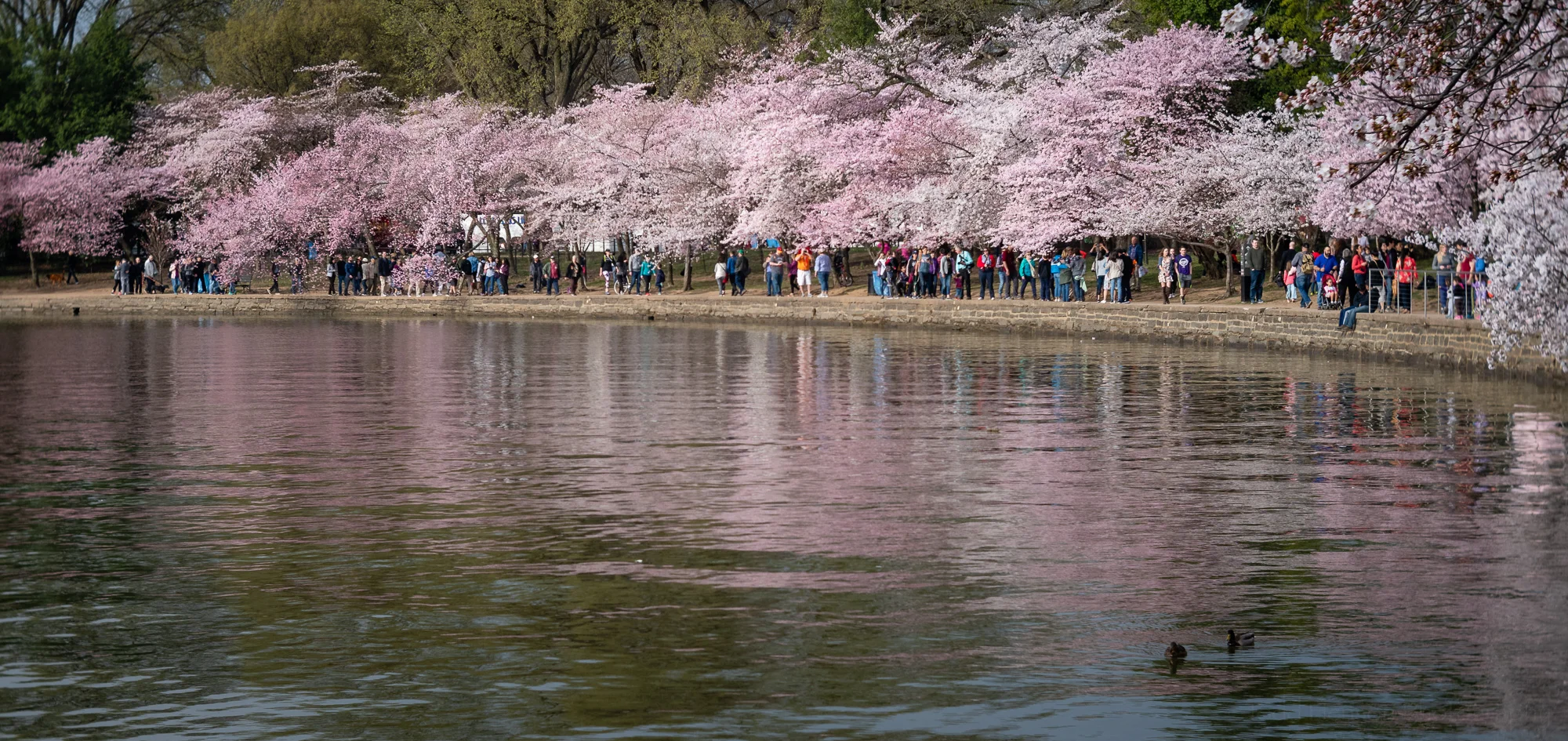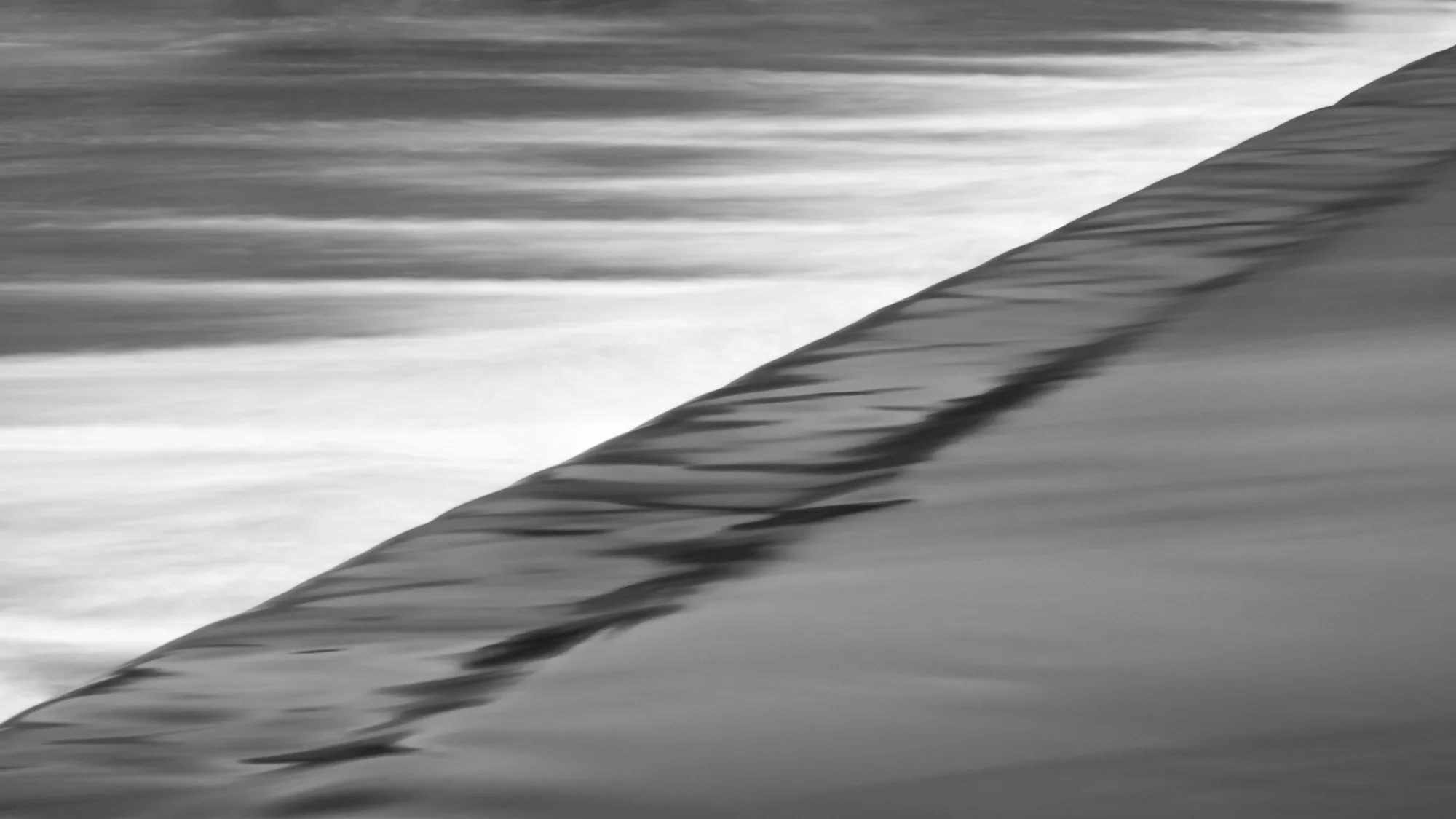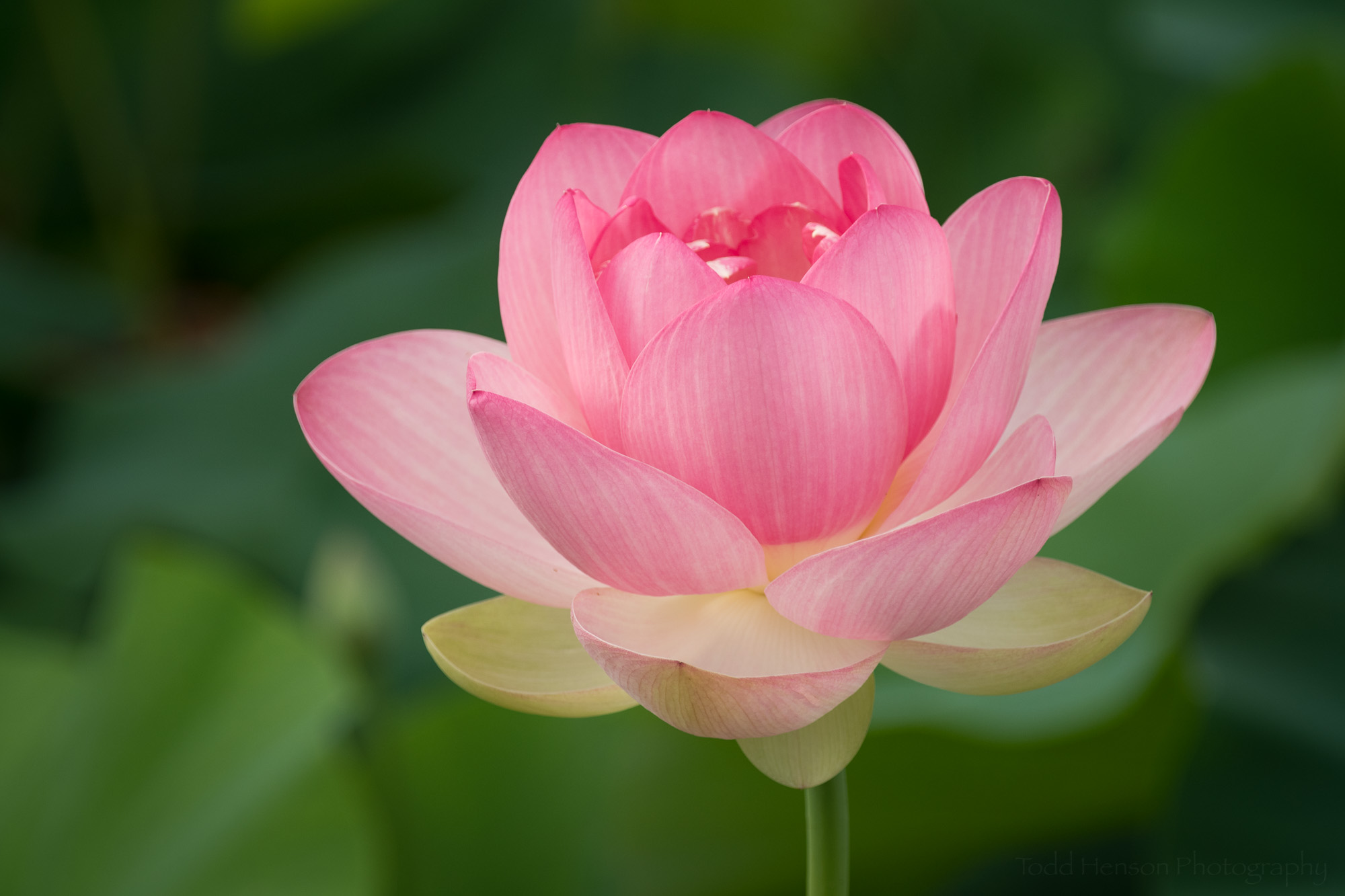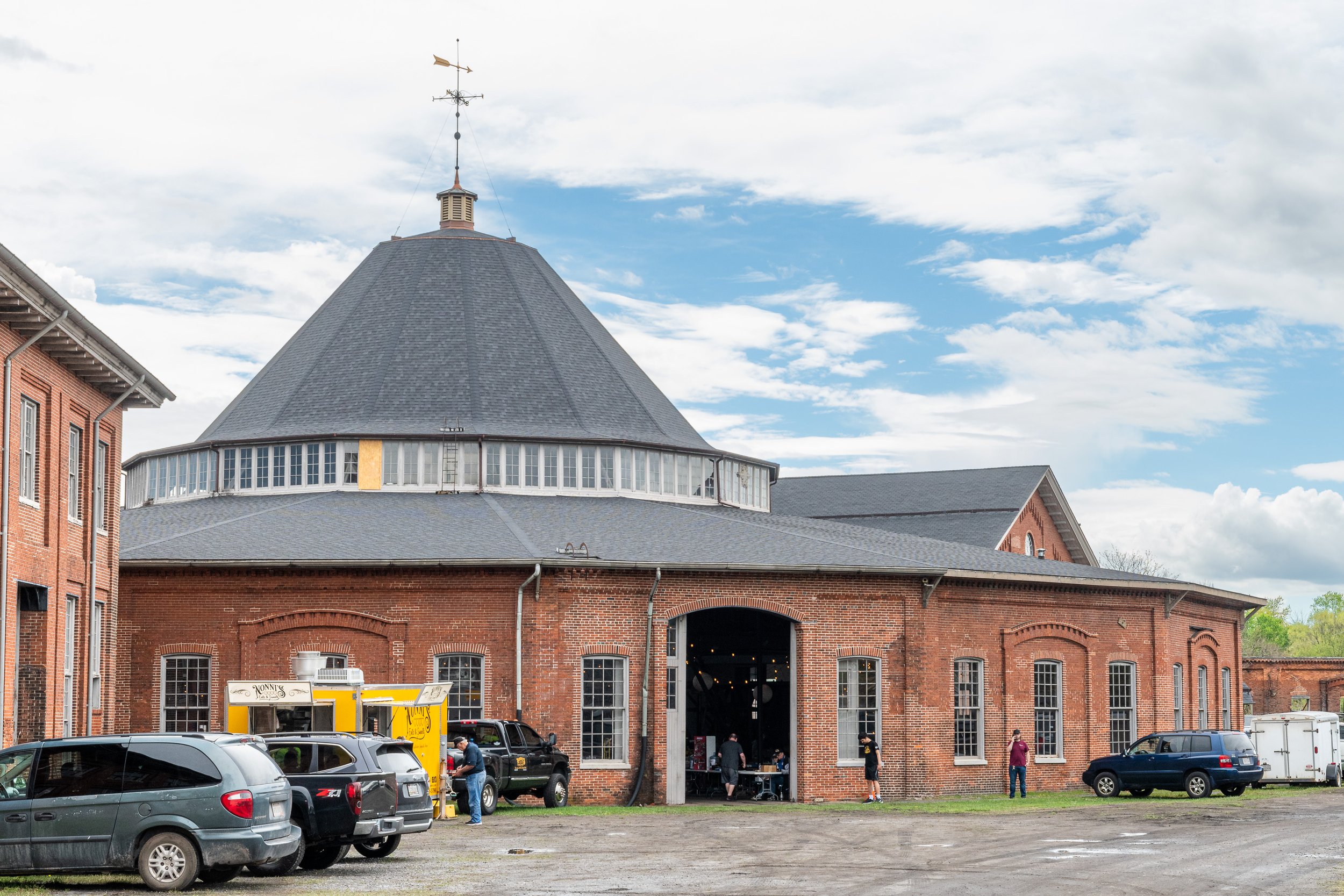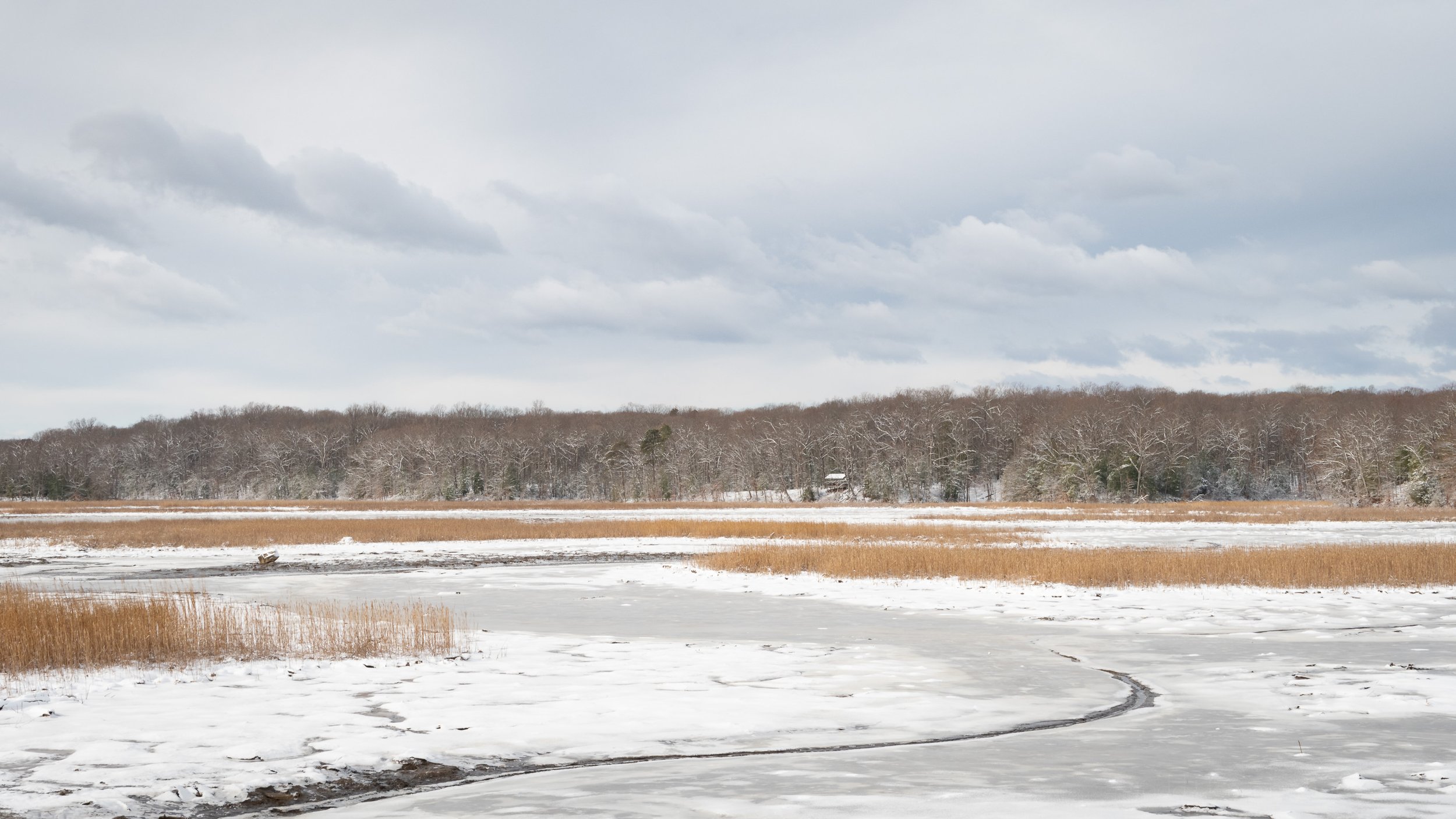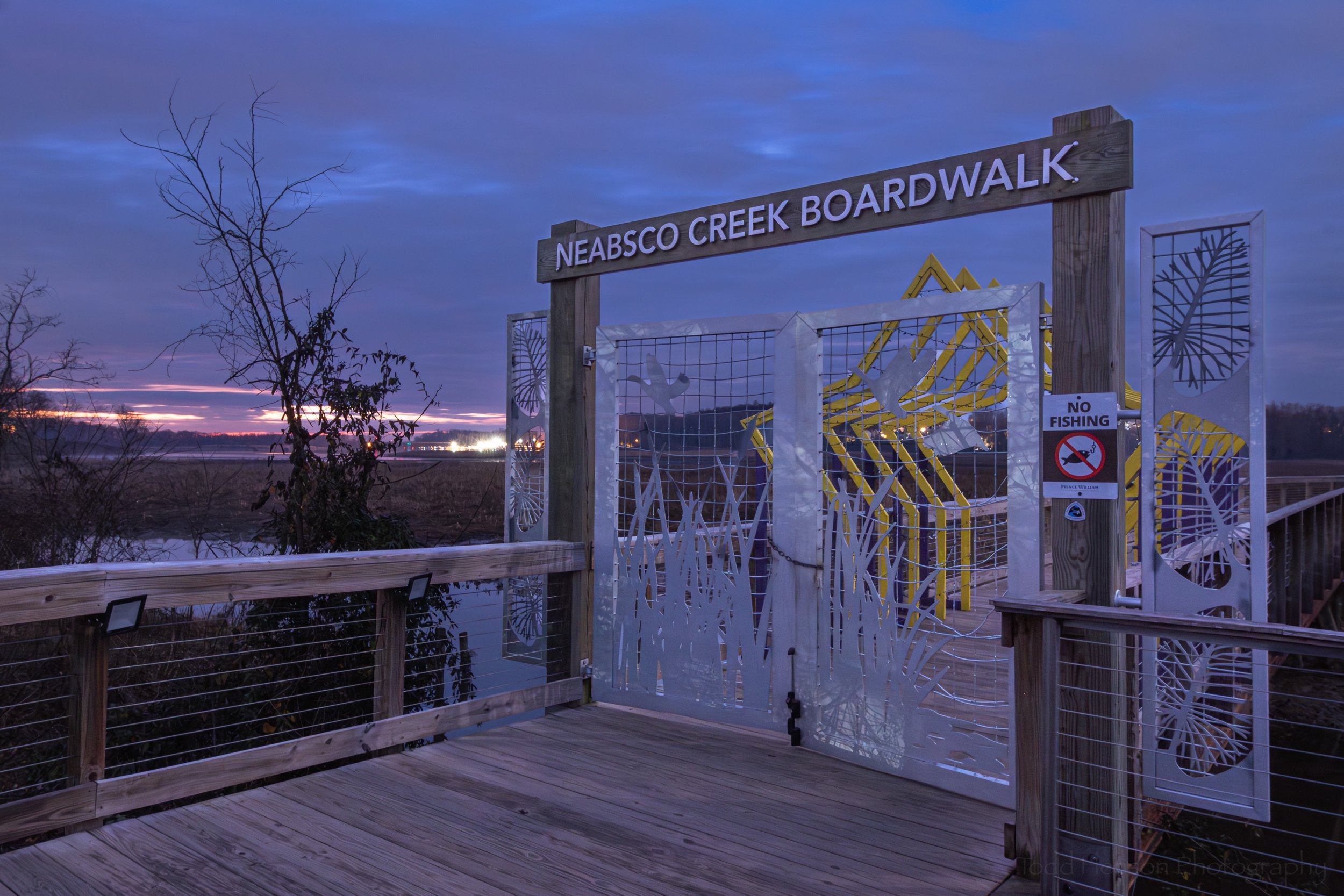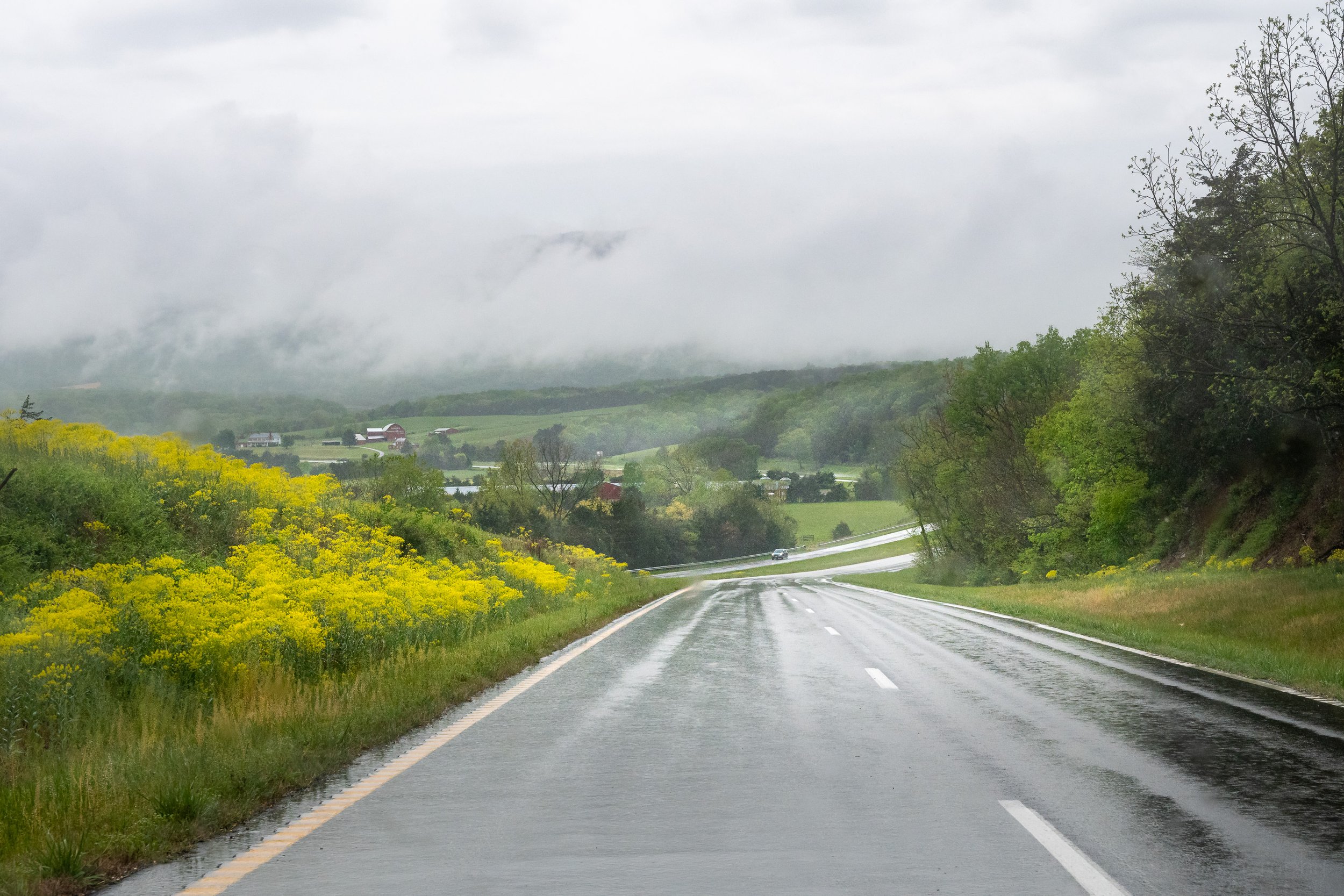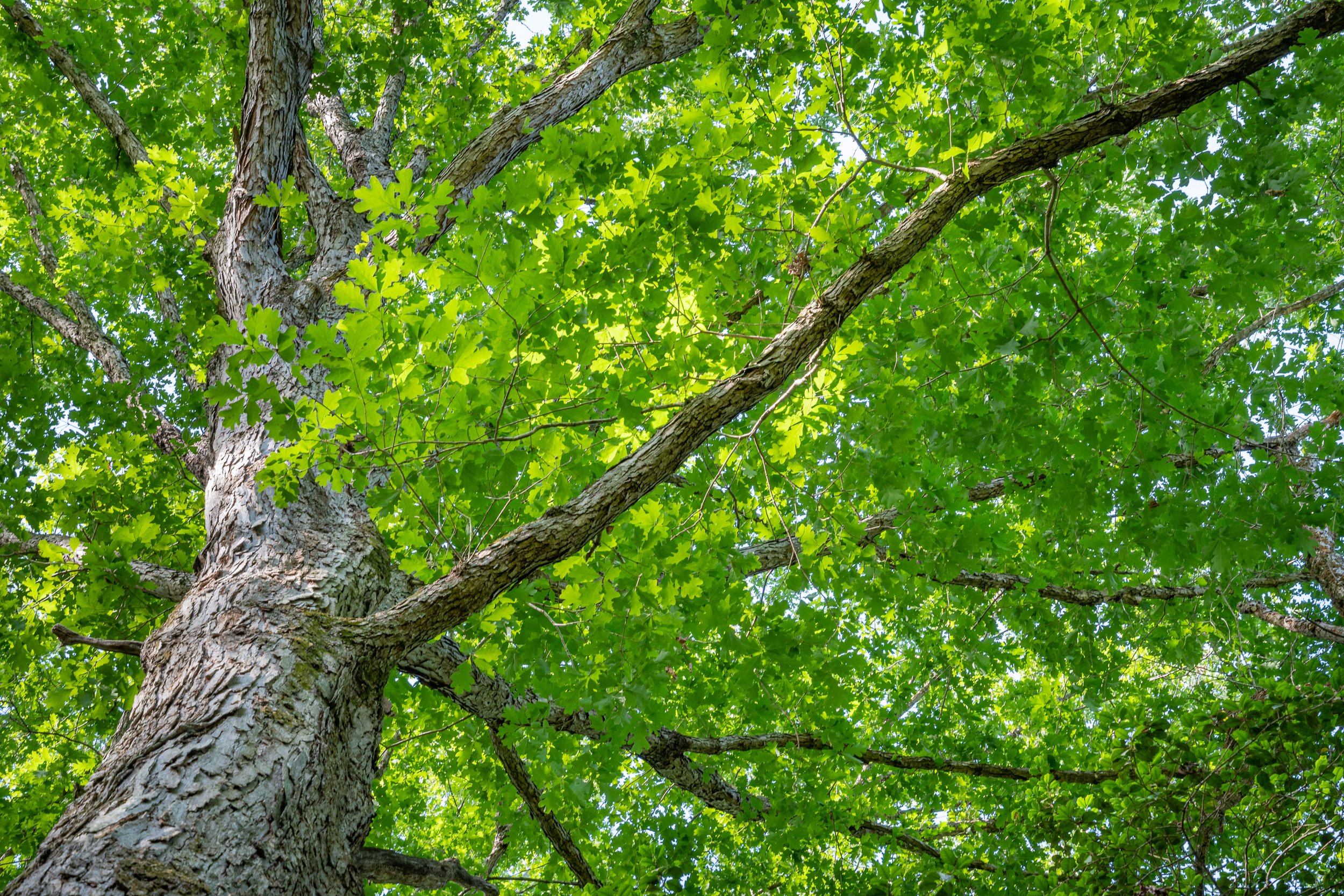Space Window. Stained glass window at Washington National Cathedral.
Labor Window. Stained glass window at Washington National Cathedral.
A number of years ago my brother and I took a tour of Washington National Cathedral. This is a magnificent building with so many architectural features to photograph. One of those features are the wonderful stained glass windows throughout the Cathedral. They absolutely glow when light shines through them. Click on any of the images for a larger view.
According to their website, Washington National Cathedral contains 215 stained glass windows. I didn’t photograph anywhere near this number as our time was limited and there was so much to see. But included in today’s post are a sampling of the stained glass in the Cathedral.
The weather outside was overcast, in fact it snowed while we were there. So the light shining through the windows was more subdued. This might have been a good thing as it helped avoid blowing out the details, but it also meant we didn’t see as much of the strong colorful glowing light rays that sometimes stream through stained glass windows.
Founding of a New Nation. Stained glass window in Washington National Cathedral.
YWCA Window. Stained glass window at Washington National Cathedral.
When creating these images I exposed for the windows, letting their surroundings go dark. In fact, in post processing I tried to assure the background was as dark as possible, letting the details of the windows stand out. With today’s cameras I could have exposed in such a way as to capture both the light shining through the windows and some details in the surroundings within the Cathedral. And that might have made for some nice images. But I wanted to focus exclusively on the windows, so I exposed accordingly. Try both if you ever photograph in a building with stained glass windows. See which you prefer.
The depth of field wasn’t very important as the entire window should largely be at the same distance. So the aperture wasn’t critical. I was experimenting when creating these images, so I chose apertures anywhere from f/4 to f/10. Be careful, though, to try to orient the camera parallel to the windows to avoid distortion.
I was using a tripod so the shutter speed wasn’t important. And for this reason I chose the lowest ISO my camera supported to keep noise as low as possible, especially since I was shooting in a dark environment.
I was standing on one side of the Cathedral photographing windows on the opposite side. Because of the distance I was using a 70-200mm lens at focal lengths between 100 - 150mm. This lens was perfect for the windows, but I’d highly recommend also bringing a very wide angle lens to capture sweeping interior images.
Stained glass from Washington National Cathedral.
I’d like to return to the Cathedral one day and photograph more of it. I’d like to see what the stained glass looks like in different light, and how this affects the interior of the building. And I would like to capture wide angle views of the interior of the Cathedral.
I’d highly recommend a visit if you’re ever in Washington, D.C. We visited the Cathedral as part of a Washington Photo Safari, which took us through portions of the Cathedral not typically open to the public.
If you do visit the Cathedral leave a comment below and let me know about your trip.
Do you enjoy these posts?
Sign up to receive periodic emails with updates and thoughts. Don’t worry, I won’t spam you. And please consider purchasing artwork or products from my online store, and using my affiliate links in the sidebar to the right when shopping online.
I appreciate your support!
